Many people feel inspired to start piano after seeing performances on TV or social media.
However, many hesitate to take the first step because they worry, “I can’t read sheet music” or “Is it too late to start as an adult?”
In this article, we’ll introduce how to learn piano as an adult beginner by practicing correctly and consistently.
- 3 Practice Pieces for Piano Beginners
- Recommended Sheet Music for Beginners
- 5 Common Misconceptions About Piano Beginners
- Practice Schedule Example
- 3 Tips to Stay Motivated
- Preparing Instruments and Environment
- Choosing Between Self-Study, Lessons, or Online Classes
- Frequently Asked Questions
- Conclusion: Starting Piano as a Beginner
3 Practice Pieces for Piano Beginners
Correct Posture and “C Position”
To play the piano, it’s important to understand the correct posture and finger placement.
Keep the following points in mind and try playing the Step 1 practice piece.
- Sitting posture: Keep your back straight, with elbows level with the keyboard.
- Finding C (Do): It’s the white key immediately to the left of two black keys.
- Hand shape: Curve your fingers as if holding a small ball, pressing the keys with the side of your thumb.
- Basic exercise: Do–Re–Mi–Fa–So ➜ So–Fa–Mi–Re–Do (try with different dynamics)
You can download the sheet music for this practice piece below.
What is the Beginner’s Basic Posture “C Position”?

Place your right-hand thumb on Middle C, with the remaining fingers resting on D–E–F–G in order. The left hand takes the same position one octave lower.
Keep both wrists slightly raised, curve your fingers as if holding an egg, and touch the keys vertically.
Because all five notes are naturally within reach, this position is ideal for practicing scales and simple melodies without strain. It’s perfect for building finger independence and relaxation. Beginners should use this shape to develop awareness of distance between notes and keys.
Practice Moving Both Hands Separately
Once you’re comfortable with the “Middle C Position,” the next step is practicing how to move your fingers independently in each hand.
It may feel difficult at first, but by practicing with each hand separately before combining them, you will gradually get used to it.
Independent Movements with Correct Position
This is a summary of the two previous practice pieces.
Keep your hands in the Middle C Position while practicing separate movements with both hands.
Extra: Step Up with a VR Piano Game
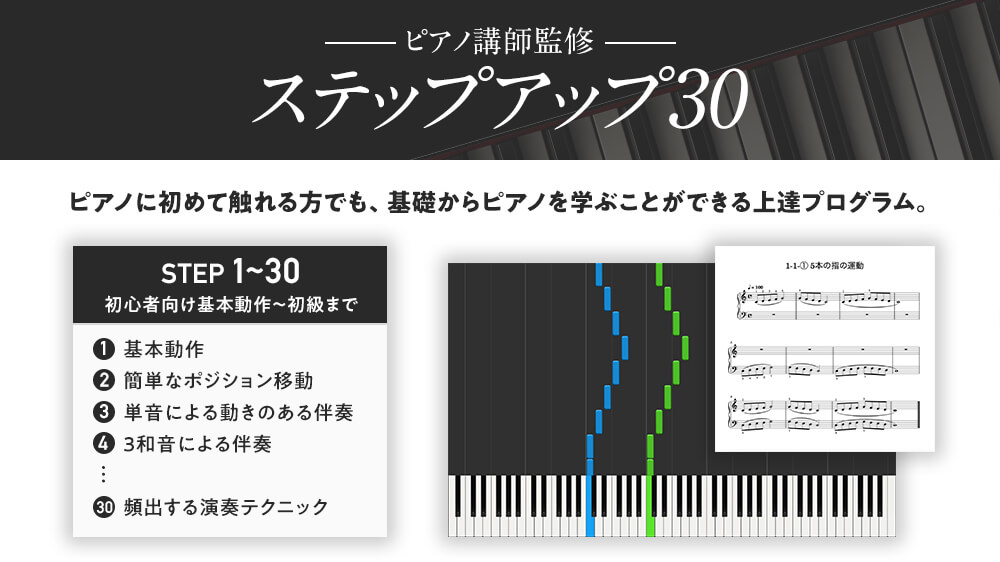
In our VR piano game “Sigure,” we’ve prepared a step-up program designed especially for beginners.
You can start from finger exercises and gradually advance through step-by-step lessons. If you’re interested, try practicing in VR!
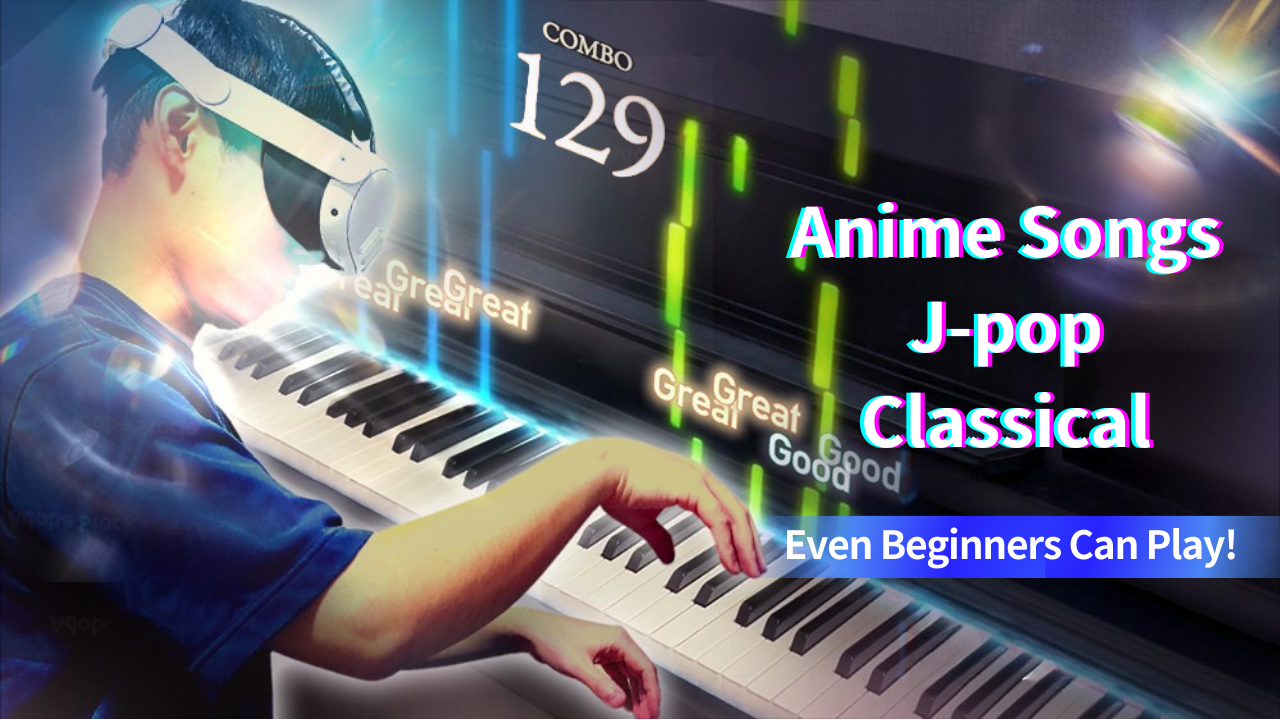
Recommended Sheet Music for Beginners
Here are some easy sheet music arrangements that are beginner-friendly.
Once you’ve practiced the three exercises above, give these songs a try!
Butterfly (Chōchō)
Mary Had a Little Lamb
Recommended Classical Pieces for Beginners
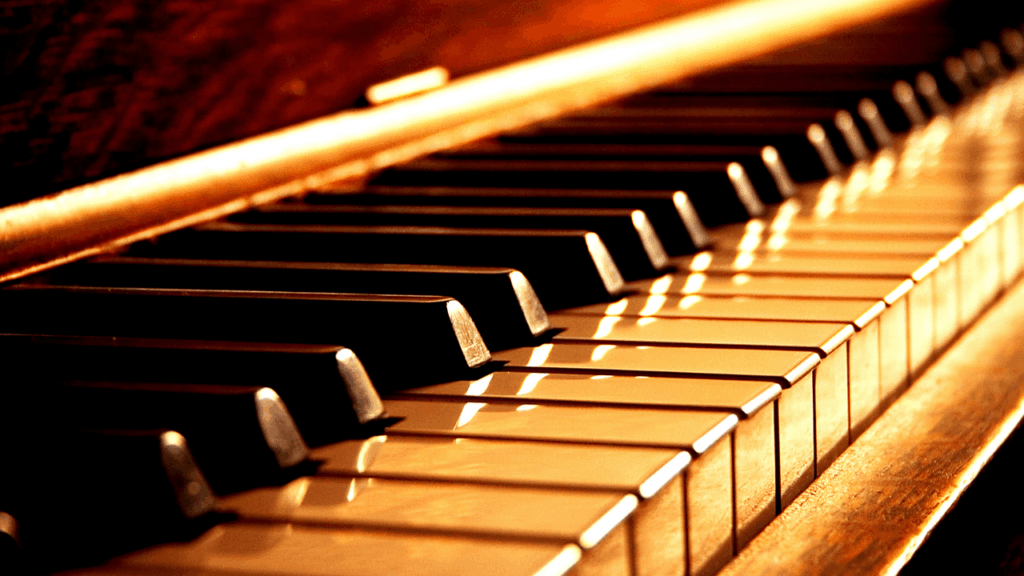
We also provide many beginner-friendly arrangements of classical pieces!
These are slightly more challenging compared to “Butterfly” and “Mary Had a Little Lamb,” but you can still enjoy famous pieces with simplified arrangements. Give them a try!
5 Common Misconceptions About Piano Beginners

There are many perceived hurdles to learning piano. Here are 5 common misconceptions explained:
Adults have stiff fingers, so they improve more slowly?
→ While it’s true adults may not be used to piano movements, their finger strength, comprehension, and ability to reproduce often allow them to progress faster than children.
It’s impossible to learn on your own?
→ With persistence and the right information, self-study is absolutely possible. You can supplement difficult parts with one-off lessons.
Isn’t piano too expensive?
→ You can enjoy digital pianos starting from around ¥20,000 (~$150).
No time to practice?
→ Even 30 minutes a day is enough.
You can’t play if you can’t read sheet music?
→ With video-based practice and apps, you can learn intuitively by “watching and playing.”
Practice Schedule Example

If you can practice 30 minutes a day, here’s a 4-week roadmap to follow.
Use this as a reference for your own practice schedule.
| Week | Goal | Recommended Songs |
|---|---|---|
| Week 1 | Correct position & independent hand movement | The 3 practice pieces from this page |
| Week 2 | Pieces without changing position | “Butterfly” and “Mary Had a Little Lamb” |
| Week 3 | Finger crossing & passing under | Finger Crossing Exercises |
| Week 4 | Challenge a simple piece | Beginner Classical Pieces |
3 Tips to Stay Motivated

1. Practice Songs You Love
The best way to stay motivated is to keep practicing “songs you’d be happy to play”.
It could be a phrase from your favorite artist or a children’s song. Familiar melodies are easier to master, and even completing a single measure gives a sense of achievement.
2. Build a Community
Sharing your practice with others provides encouragement from peers and also gives you an opportunity to objectively review your own performance.
3. Set Clear Goals
Finally, set specific goals such as “perform at a recital” or “play for friends” in 6 months or a year. Visualizing progress makes it easier to stay motivated.
- Practice songs you love: Even one phrase is rewarding.
- Build a community: Share your practice videos.
- Set 6–12 month goals (e.g., play at next year’s recital).
By combining these three approaches, you can keep your motivation high and make piano practice a lasting habit!
Preparing Instruments and Environment
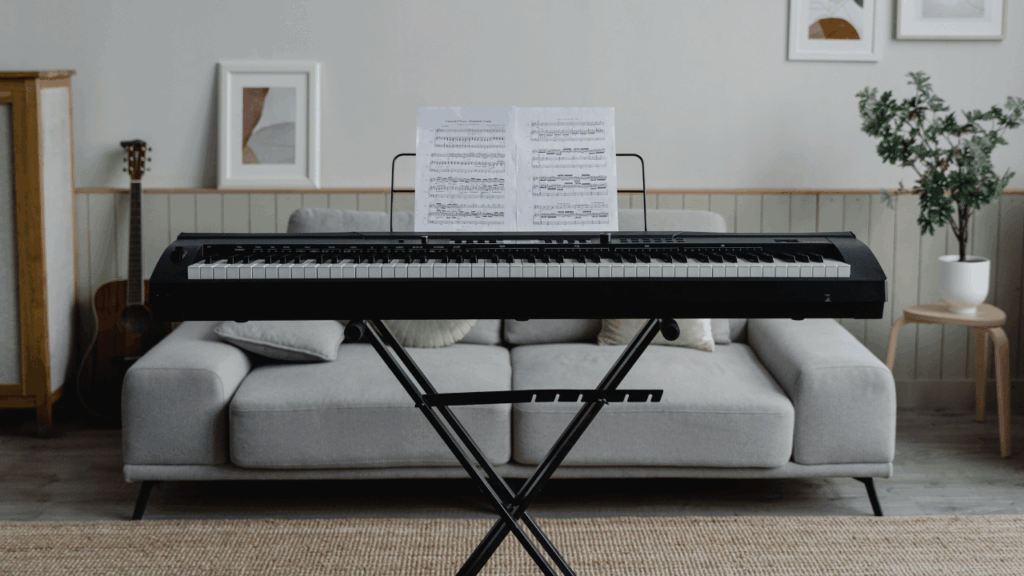
So far, we’ve explained practice methods. For those who don’t yet own a piano, here’s a summary of each type and its features.
If you already own a piano, please move on to the next section.
| Type | Price Range | Advantages | Notes |
|---|---|---|---|
| Keyboard (49–88 keys) | ¥10,000–¥50,000 | Lightweight, affordable, space-saving | Keys are light / 88-key model recommended |
| Digital Piano (49–88 keys) | ¥20,000–¥500,000 | Authentic touch, no tuning required | Replace every 10–20 years |
| Upright / Grand Piano | ¥400,000+ | Best sound & touch, long-term value | Tuning costs ¥12,000 × 1–2 times per year |
Choose the right instrument for home use based on your purpose, budget, and available space.
For adult beginners, an 88-key digital piano is generally the safest choice, but consider your room space and intended use before deciding.
Choosing Between Self-Study, Lessons, or Online Classes
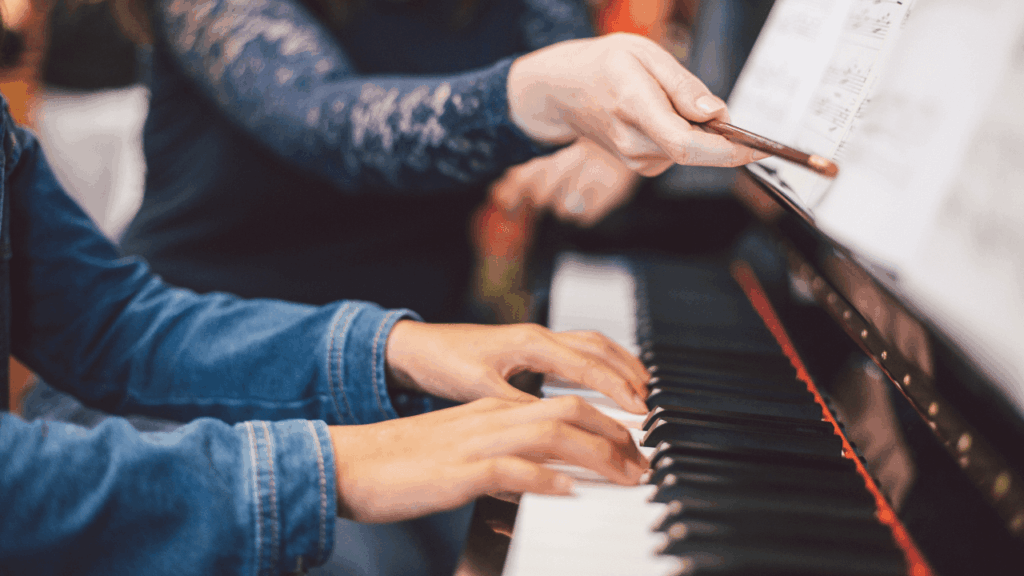
Self-study can be started freely with zero cost, but challenges include maintaining correct form and motivation.
Choose the learning method that best matches your current level and personality.
Best for Self-Study Learners
- Have persistence and self-discipline
- Can’t always secure fixed practice times
- Can problem-solve using YouTube or apps
Best for In-Person Lessons
- Want detailed corrections for hand shape & posture
- Need goals like recitals to stay motivated
- Struggle with managing motivation
Best for Online Lessons
- Already own an instrument at home
- Prefer lessons with zero travel time
- Want to study theory and academic topics (e.g., chord theory)
Frequently Asked Questions
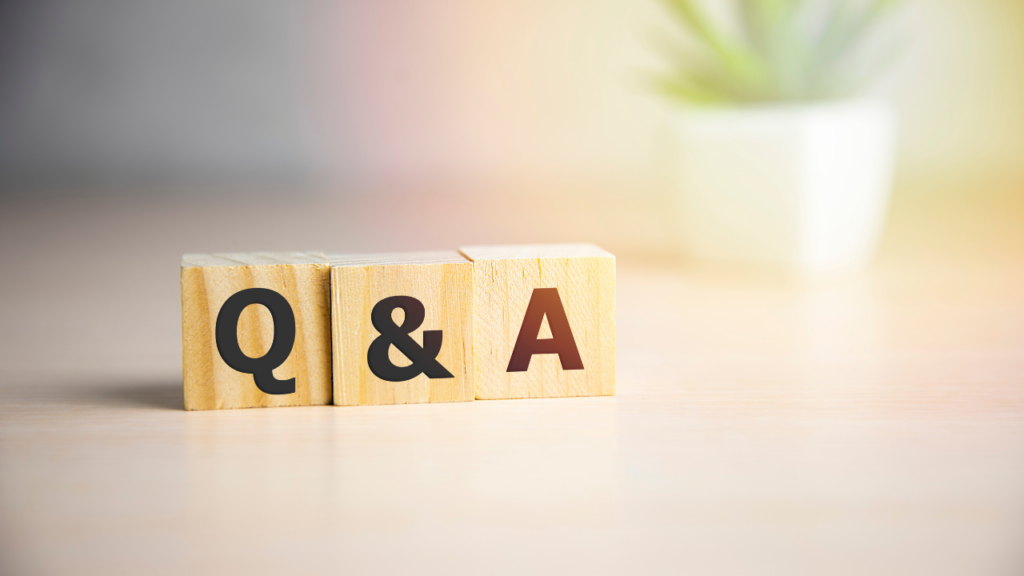
Q: Can adults really learn to play?
A: Yes. In fact, adults often progress faster because they already have finger strength and better comprehension. The key is to keep practicing steadily for at least 6 months without rushing.
Q: Is a 61-key digital piano okay?
A: For most songs, yes. However, some intermediate and advanced pieces require a full 88 keys, so check if the songs you want to play fit within 61 keys.
Q: I’m not good at reading sheet music…
A: That’s fine. Nowadays you can practice using video tutorials, and many apps display colored keys, making it easier to learn by “watching and playing.”
Conclusion: Starting Piano as a Beginner
Piano is an instrument that anyone can learn to play with steady practice.
First, build a solid foundation of posture, then aim to complete one song within 4 weeks.
- Choose and set up your instrument
- Begin C Position practice
- Select a favorite song and practice it
Once you can play a phrase you like, practice will become fun and rewarding.
Take your time, enjoy the process, and you will steadily improve at piano.


![10 Easy Classical Piano Songs for Beginners [Free PDF Sheet Music]](https://vrpiano.co.jp/wp-content/uploads/2025/06/ピアノ初心者向け-簡単クラシック楽譜10曲【無料PDF】-320x180.png)